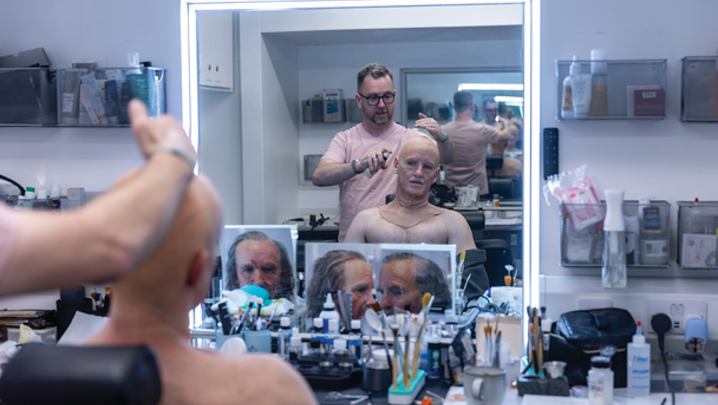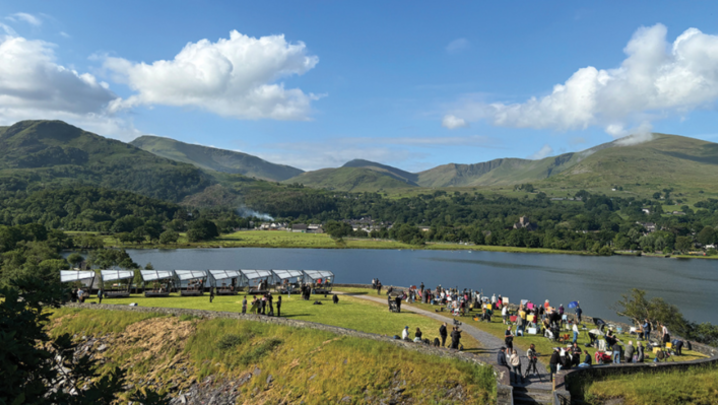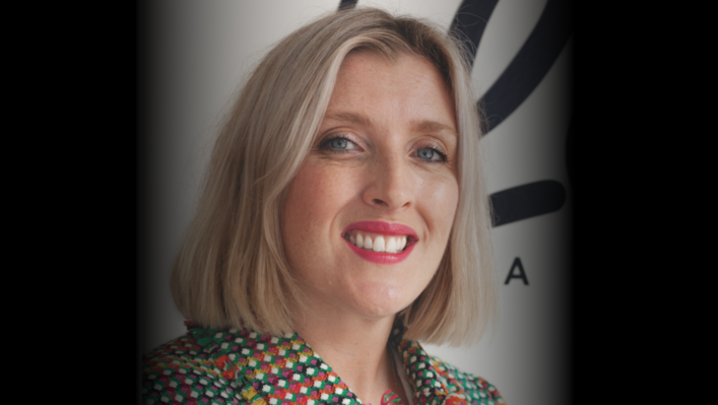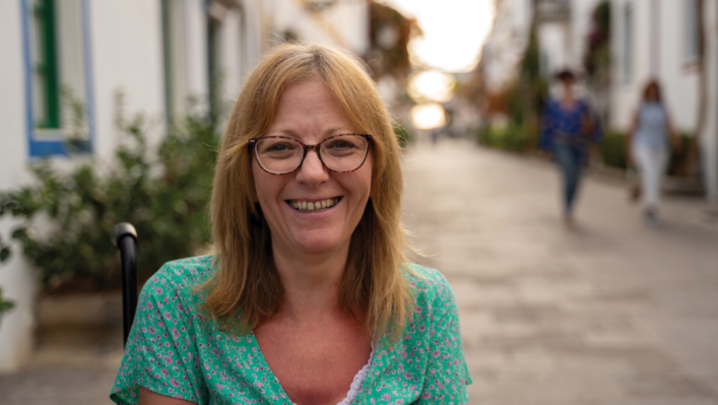Paul Dugdale recently picked up an RTS Craft & Design Award for shooting Glastonbury Festival: Live at Worthy Farm, a decade after his first for Adele: Live at the Albert Hall. The specialist live music director travels the world, filming concerts for the likes of the Rolling Stones in Cuba and Coldplay in Jordan.
What does the job involve?
It varies hugely, depending on the film, but, for the majority of projects, I’m required to capture a performance, multi-camera, as it happens, in a single take, without a formal rehearsal.
Sounds exciting but also terrifying.
The atmosphere at a gig is amazing. You can feel the anticipation of the crowd building and you’ve often only got one chance to capture what they’re about to watch. But if you’ve done your homework, you’re ready for it.
How big is your camera team?
It varies from project to project. We shot two shows for Taylor Swift and in the edit we had 50-plus streams to choose from – there were so many different performance areas in an enormous venue and a lot of choreography to cover. For Glastonbury Festival: Live at Worthy Farm, we could be more targeted in our coverage since the stage set-ups were simpler, plus there was an absence of audience. Our biggest set-up for a band was 12 cameras.
Who do you work with closely?
Camera, lighting and sound people, the director of photography, producer and the artists themselves – having a good dialogue with them is crucial. The edit is also really important – a live event can be won or lost in the edit. I work every day with the editors in post-production to work up a cut. The job is about teamwork and I try to surround myself with talented people.
Where do you direct from at a gig?
With the Stones in Cuba, I was on a tiny trestle table beneath the stage, under Charlie Watts’ drums, so all I could hear was the thud of his bass drum. Sometimes I’m in a TV truck outside or in a room at a venue. I’ve been everywhere from the fanciest technological spaces to a toilet at the back of a pub.
How did you become a director?
My father was a cameraman and I spent my childhood listening to his stories about working in TV. When I was 15, I started cable bashing for him – the first thing I ever did was the Brit Awards at Earl’s Court in 1996 and I found myself on stage with David Bowie and Michael Jackson.
While I was studying at Central Saint Martin’s School of Art, I worked as a runner on a few projects and, later on, TFI Friday and a few others as a camera assistant. With that experience I landed work as a camera assistant when I left college.
What was your first directing job?
I’d been working as a camera assistant for four years, working with amazing directors such as Russell Thomas, Hamish Hamilton, Phil Hayes and Matt Askem, on some incredible music – that was my training, listening to those people on talkback and learning from them.
I’d also filmed some zero-budget videos for friends and then got the opportunity to tour with The Prodigy, which was the start of directing for me.
My first big concert directing from a gallery was filming Adele at the Royal Albert Hall in 2011.
And you’ve continued working with Adele ever since…
Last year, I filmed her at the Griffith Observatory in Hollywood. It’s been an amazing journey with Adele, from a tiny show at the Cambridge Corn Exchange to this enormous network TV programme in the US.
What makes a good live event director?
A mix of creativity and organisation. If you’re an incredibly creative person but not very organised, you will miss crucial moments in a performance – you need to do your homework.
Is there a balance between technical know-how and artistic flair?
Sometimes it’s simply a straight capture of a concert, more akin to a documentary, where you don’t really want to leave your fingerprints on it, but other projects allow you to push your film-making through camera tricks, slow-motion or visual overlays – much more like a music-video approach, where the film-making itself becomes part of the presentation.
How has the pandemic affected work?
When Covid first hit, and with no concerts happening, I didn’t get behind a camera for 10 months, but I was lucky to have some existing projects to finish.
Then artists started doing live-streamed shows, without an audience – Glastonbury Festival: Live at Worthy Farm was one of them. I was very lucky, really, many people were much more affected by Covid than me.
Is it harder shooting without an audience?
An audience makes my job easier, because they’re a great barometer of the emotion in the room – you can instantly show how exciting it is to be at an event by filming someone in the front row going bananas. But, without an audience, we are able to get a lot closer physically to the stage and get a really intimate capture of the performance.
What are your career highlights?
Touring South America and Cuba with the Rolling Stones, Glastonbury and going to Amman in Jordan with Coldplay. My dad used to say that being a cameraman got you into secret places – that’s the huge thrill of this job.
Whose work do you admire?
David Mallet – he’s done so much. He did an amazing concert for Bon Jovi at Wembley, and great work for AC/DC and Tina Turner in the 1980s and 1990s. It still stands up now.
What do you bring to work with you?
Notebook, pencil, laptop, my homework on the event and a style guide for the camera operators.
What are the best and worst parts of the job?
Meeting and collaborating with amazing people, and I’m so fortunate to travel all around the world. I take the work incredibly seriously but it’s also such fun – it’s not brain surgery: we’re entertaining people.
The bad parts? Egos and tricky people, although they’ve not been as common as you might think. The workload can also be pretty intense.
What advice would you give to someone wanting to work as a live event director?
Make stuff – this will lead to other work. The first time I worked with Adele, I got the job off the back of filming a friend at a gig with a little digital video camera.
Your passion should be driving you to make things and, out of that, something will come eventually.
Do you fancy directing in another genre?
I have some ideas for short films and would love to do some scripted work, but at the moment it’s all about the music and working with the most brilliant artists. Part of the joy of my job is its unpredictability and spontaneity – you never know what’s around the corner.
Live event director Paul Dugdale was interviewed by Matthew Bell.







